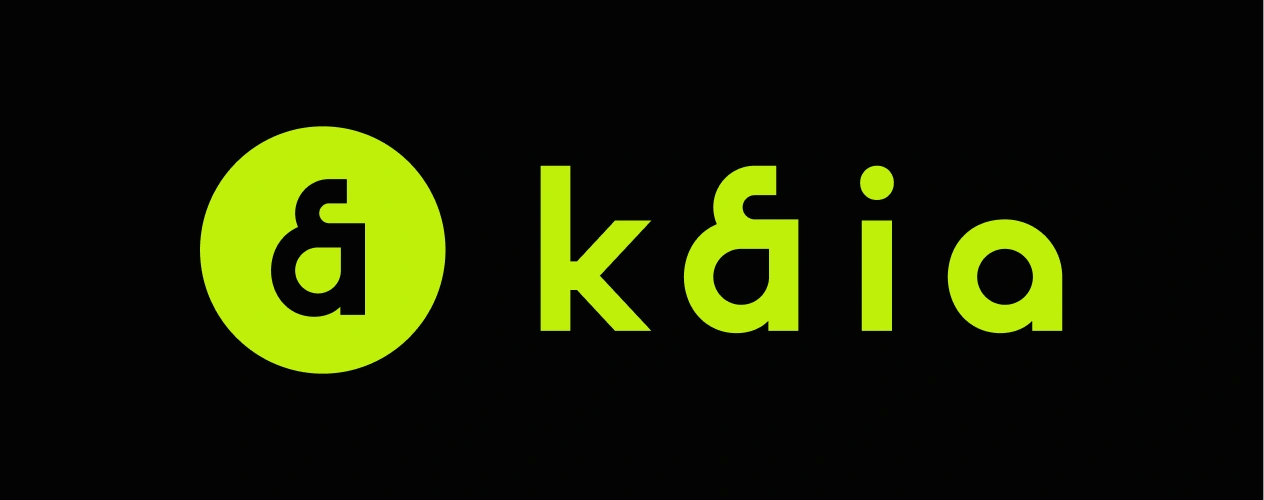Read
Edit
History
Notify
Share
Kaia
Kaia is a Layer 1 EVM-compatible blockchain formed through the integration of the Finschia blockchain, originally developed by LINE in 2018, and the Klaytn blockchain, established by Kakao’s Ground X in 2019. Officially unified on August 29, 2024, Kaia was created to advance the mass adoption of blockchain technology, prioritizing scalability, reliability, and ease of use. [1][7]
Overview
Kaia is a high-performance public blockchain, optimized for enterprise reliability with rapid transaction speeds, low costs, and easy integration across industries. It processes 4,000 transactions per second, achieves 1-second finality, and offers gas fees at roughly one-tenth of Ethereum’s, with governance by a global council of major corporations.
The network is organized into three subnetworks: the Core Cell Network for transaction processing, the Endpoint Node Network for API handling and main-to-service chain links, and the Service Chain Network for independent chains supporting specific dApps. Kaia’s modified Istanbul BFT consensus uses VRF-based randomness and a committee-based selection to ensure efficient block generation every second. The Kaia Virtual Machine (KVM) is EVM-compatible, supporting easy Ethereum contract migration and secure cross-chain operations, with enhanced protection measures like separate validator keys and multi-platform transaction support. [2]

Tokenomics ($KAIA)

Kaia's native token, KAIA, drives the blockchain’s economic model. New KAIA tokens are issued with each block at an initial annual inflation rate of 5.2%. This system incentivizes active participation, with validators earning KAIA in exchange for processing tasks and upholding network health. [3] [6]
Allocation
- 50% to Network Participants and Staking
- 20% to Block Creators
- 80% to Staking Rewards
- 25% to Kaia Ecosystem Fund (KEF): Supports ecosystem growth and development.- 25% to Kaia Infrastructure Fund (KIF): Aims to strengthen infrastructure and platform stability. This allocation structure encourages active participation while supporting the development of Kaia’s ecosystem and infrastructure. [3]
Burning Mechanism
To manage KAIA's circulation and maintain its value, Kaia Blockchain incorporates a 3-Layer Burn Model:
- Transaction-Based Burning: A portion of transaction fees is permanently removed from circulation to offset inflation.- Maximal Extractable Value (MEV) Burning: Validators’ extra profits, generated by transaction ordering, are partially burned to prevent exploitative practices.- Business-Based Burning: Ecosystem services are encouraged to incorporate KAIA burning to align with network growth and value retention, supporting a sustainable ecosystem economy as Kaia Blockchain matures. Through these mechanisms, Kaia Blockchain aims to balance growth with economic security and long-term stability. [6]
Governance
Kaia’s governance system is on-chain, with voting rights tied to KAIA tokens staked, and capped to prevent concentration of power. Initially led by a trusted Governance Council, Kaia's governance oversees decisions on protocol upgrades, token issuance, and fund allocations. The process involves proposal submission, expert advisory input, Council voting, and transparent on-chain recording. As Kaia evolves, governance will expand to include DAOs, builders, and broader community participation through public delegation. Governance will proceed in phases—initially centralized for stability, then gradually opening to decentralized, diverse entities to align with Kaia’s long-term goals. [4][5]
Nodes
The Kaia network operates with three distinct types of nodes, each with a specific role:
- Consensus Nodes (CN): CNs validate transactions and generate new blocks, forming the backbone of the network’s consensus and governance functions. Operating a CN requires meeting certain hardware and software specifications and staking KAIA tokens.- Proxy Nodes (PN): PNs facilitate communication by relaying transactions between CNs and Endpoint Nodes (ENs), supporting the network's efficiency and resilience. PNs do not require staking.- Endpoint Nodes (EN): ENs provide public access to the Kaia network, enabling external interaction. While ENs do not require staking, they require technical expertise and resource commitment. Running any of these nodes helps maintain the Kaia network’s stability, with CNs specifically participating in governance. [8]
Partnerships
CARV
The Kaia Foundation has partnered with CARV, a provider specializing in identity and data layer infrastructure. This collaboration integrates CARV’s identity and data management tools with Kaia's blockchain ecosystem, supporting data ownership, privacy, and user verification. By combining CARV's expertise with Kaia’s vision to bring millions of users on-chain, this partnership facilitates data transparency and security for Kaia users, while enabling developers to build next-generation, data-driven decentralized applications. [10]
Dune
Kaia has integrated with Dune, a prominent platform for blockchain data analytics, allowing users to access extensive datasets on Kaia’s ecosystem. This integration enables the tracking of transaction volumes, gas fees, and activity across Kaia’s decentralized applications, which include DeFi, NFTs, and gaming. Kaia’s presence on Dune supports a deeper analysis of network growth and user engagement, while offering developers and analysts tools for customized data queries and insights into one of Asia’s most prominent blockchain ecosystems. [9]
Kaia
Feedback
Did you find this article interesting?
Twitter Timeline
Loading
Media



REFERENCES
[1]
[2]
[3]
[4]
[5]
[6]
[7]
[8]
[9]
[10]